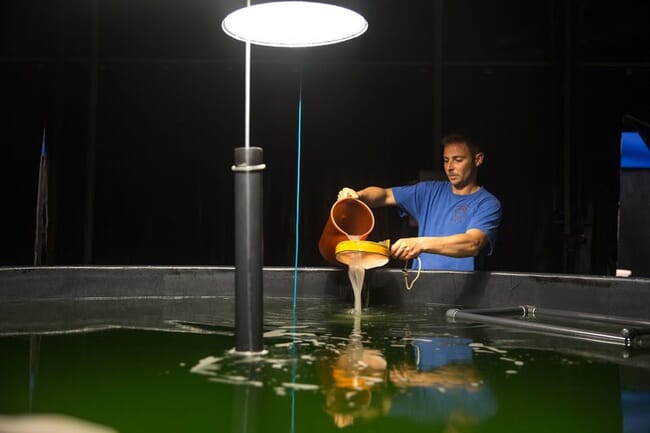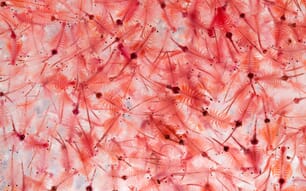A new case study in the Journal of the World Aquaculture Society has explored the production and profitability models at 94 different Artemia franciscana farms in the Mekong Delta of Vietnam. The researchers explored the relationship between farming scales, production models and overall profitability.

© INVE
Results
Based on the production data provided, the researchers noted that small-scale farms using the cyst and biomass model yielded higher profits than sites using a cyst-only model. Larger-scale farms didn’t produce the same return on investment.
The researchers also found that the interaction between the variables in the study had a greater impact on overall profitability than they did in isolation. In other words, the combined affect of scale and production model had a greater bearing on profits than they did individually.
Recommendations
In order to improve farm profitability, the researchers recommend using optimal stocking densities. They also urge producers to moderate chemical inputs and organic fertiliser. This will enhance the water quality and nutrition potential without leaving environmental residues. There is also evidence that these steps will improve A. fransciscana growth, overall biomass and boost their reproductive activities.
To keep the industry competitive and profitable going forward, the researchers urge producers to adopt a sustainable development strategy. In this case, feed processing companies and researchers should pool information and collaborate to create live and formulated feeds that satisfy the nutritional needs of Artemia species while minimising environmental impacts.
Background
Artemia franciscana is a core component of live and formulated feeds for aquaculture. Artemia production sites usually rely on cultivating cysts – eggs with a high hatching rate – that can be harvested and matured. According to data from the FAO, marine species reared on various Artemia species at the nursery stage exhibited improved growth, a faster development rate and had an improved physiological condition than those raised on other species. Using Artemia as feed has also reduced cannibalism in lobsters and other marine species.
After researchers established its utility in aquafeeds, global production of Artemia increased dramatically. However, this increase presents challenges. Artemia production and profitability aren’t immune from environmental and technical challenges, and a sustainable production model hasn’t been established for A. franciscana.
Read the original abstract in the Journal of the World Aquaculture Society


